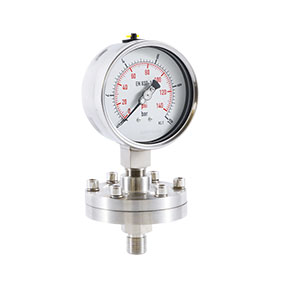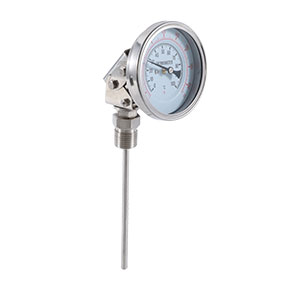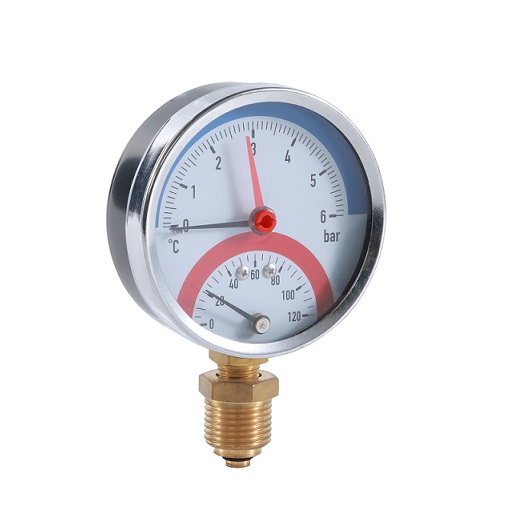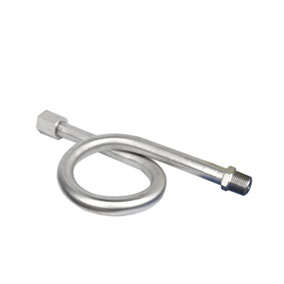Pressure Instruments: core tools for industrial monitoring
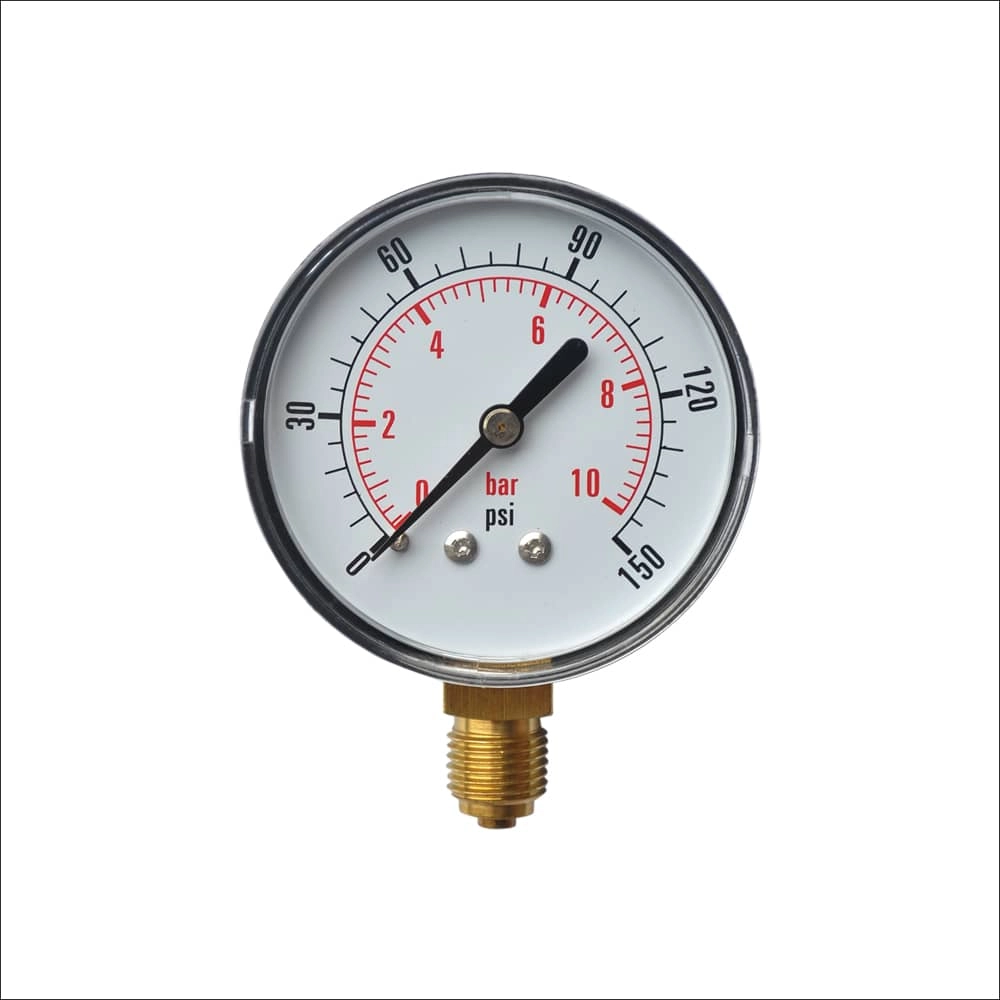
In modern industrial production, pressure instruments are widely used in chemical, petroleum, electric power and other industries as a key monitoring equipment. They are not only used to measure and monitor the pressure in the equipment, but also play a vital role in the safety and efficiency of the production process.
Pressure instruments are mainly divided into two categories: mechanical and electronic. Mechanical pressure instruments usually measure pressure through mechanical structures, such as spring tube pressure gauges and diaphragm pressure gauges. These instruments are widely used for their simple structure and low cost. Electronic pressure instruments use electrical principles to measure pressure, with higher accuracy and stability. Common ones are piezoresistive pressure sensors and capacitive pressure sensors.
The working principle of pressure instruments is usually based on the effect of pressure on a certain substance (such as gas or liquid). Taking the spring tube pressure gauge as an example, when pressure acts on the spring tube, the spring tube will deform, and then drive the pointer to move on the dial through the mechanical transmission device to display the corresponding pressure value. The electronic pressure instrument converts the pressure signal into an electrical signal through the sensor, and outputs the pressure value through digital display or analog display.
In the chemical industry, pressure instruments are used to monitor the pressure in the reactor to ensure the safety of the reaction process. In the oil and gas field, pressure instruments are used to monitor the pressure in the pipeline to prevent leakage and explosion accidents. In the power industry, pressure instruments are often used for pressure monitoring of steam boilers to ensure the safe and stable operation of boilers.
The accuracy and reliability of pressure instruments are directly related to the safety of industrial production. Excessive pressure in the equipment may cause explosion or equipment damage, while too low pressure may lead to reduced production efficiency. Therefore, regular calibration and maintenance of pressure instruments are the key to ensure their normal operation. In addition, with the rise of intelligent manufacturing and Industry 4.0, the trend of digitalization and networking of pressure instruments has become more and more obvious, and intelligent pressure sensors will become the future development direction.
With the continuous advancement of technology, pressure instruments will develop towards higher intelligence and automation. The application of new materials and sensing technologies will further improve the accuracy and durability of instruments. At the same time, the development of data acquisition and analysis technology will also provide more abundant information support for pressure monitoring and promote the intelligent upgrading of industrial production.

